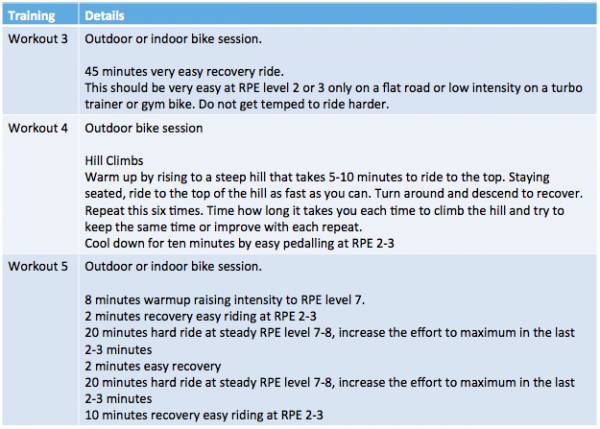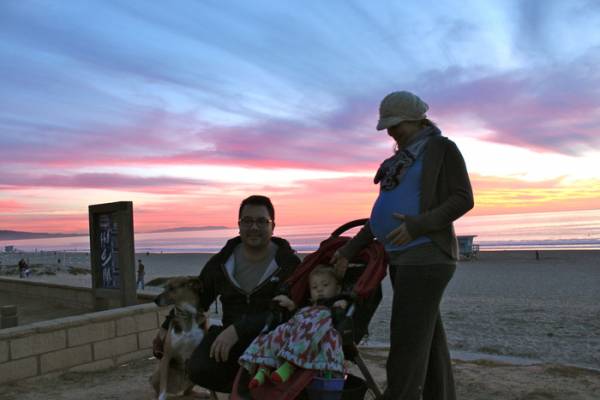In two previous articles, I introduced training programs for beginner cyclists and intermediate-level cyclists. This month, we raise the bar for the advanced program. This training cycle will take you well out of your comfort zone, and if you stay with it you should reap the rewards.
Break out of your comfort zone to push your own athletic limits.
Back to the Basics
But before I start, let’s just remind ourselves of a few basics. All we are trying to do with training is evoke an adaptation response in the body. To evoke the adaptation, we need to apply an overload and that overload has to be specific to the action we wish to improve, in this case cycling. Therefore, all the exercises in this program are either based upon the bike or replicating a cycling motion.
“Wait a minute, it’s race season!” I hear you say. Well, yes, it is and there are still several weeks to go before the season closes. If we think about long-term goals, then working to get more power will help in future races, so there is plenty of time to follow this schedule and put in a personal record.
Note: This program is quite hard, so it’s worth asking yourself at the beginning why you wish to do it. If you are a beginner or into cycling just for the social element, then my previous programs may be more appropriate. If you wish to do the best you can do, then this training plan might be for you.
How to Plan Your Training

You will need your bike on a turbo trainer (or be able to use an indoor bike) for some of these sessions. You will also need a watch or cycle computer with a nice clear display. Access to some gym equipment might also be useful, as well as an understanding of the rate of perceived exertion scale (pictured above).
The training is arranged in blocks of adjacent days to maximize overload followed by recovery days. At the end of the three weeks, you will have accumulated a significant amount of stress, so I advise you take time out to recover at that point. Remember, it’s in the recovery and adaptation time that you actually get stronger and faster.

The schedule starts on a Saturday, but you can move things around to suit your daily routine. However, I would try to stay with the pattern of work and rest days to ensure you have recovered enough before the next session.

The exercises include both cardiovascular routines and strength routines. If at any point you feel you have not recovered from the previous session, then please take another day to recover. It is better that you start each block refreshed and ready to go, than to be tired and aching from the previous block.

If this is your first encounter with one of my training programs, then it might be appropriate to go to the beginner’s plan, start there, and work your way through all three programs. This would give you three months of (free and effective) training.
Of course, you could recover from this schedule and repeat it all again a little bit harder the next month, too, if you wished to progress.

Exercising in full cycling gear is optional.
Check out these related articles:
- Beginning Cycling – a Program to Get You Started
- Switch Gears – a 4-Week Plan for Intermediate Cyclists
- The Best Cross-Training Exercise for Serious Cyclists
- What’s New On Breaking Muscle Today
Photo 1 courtesy of Shutterstock.






